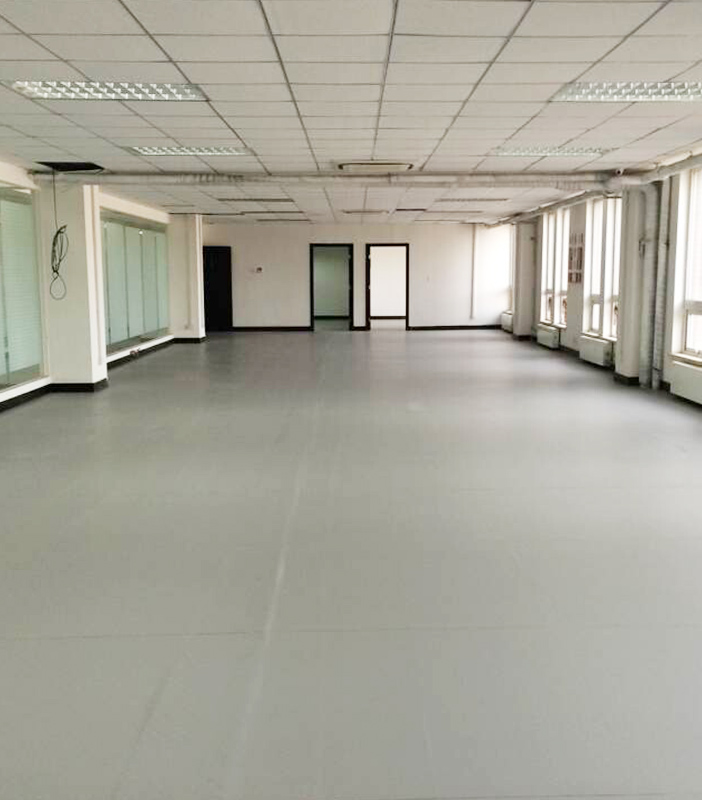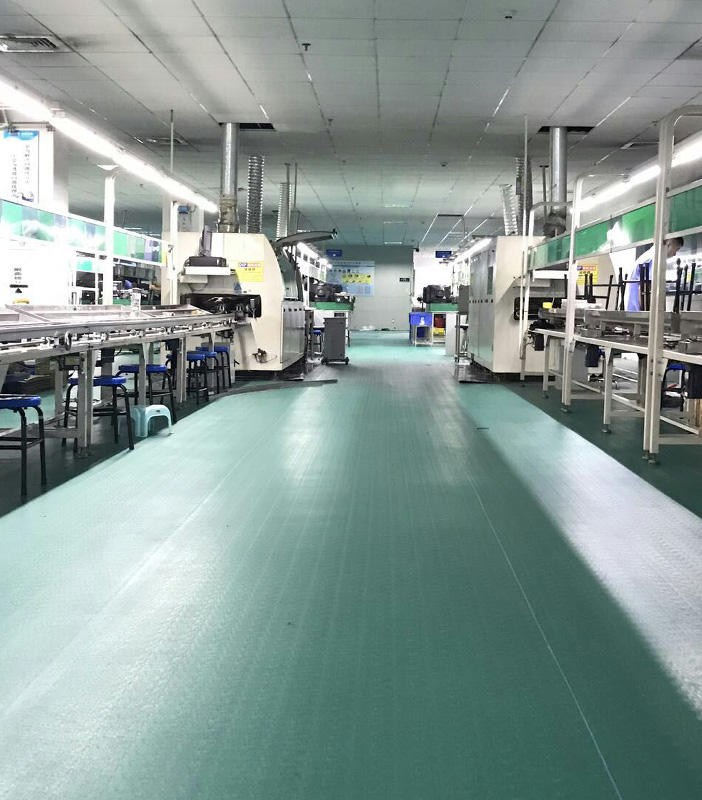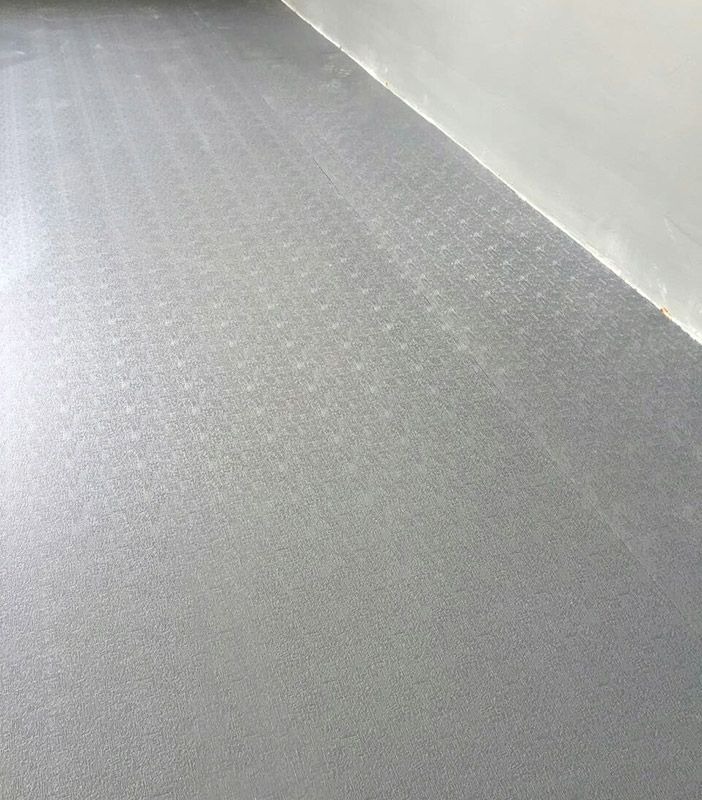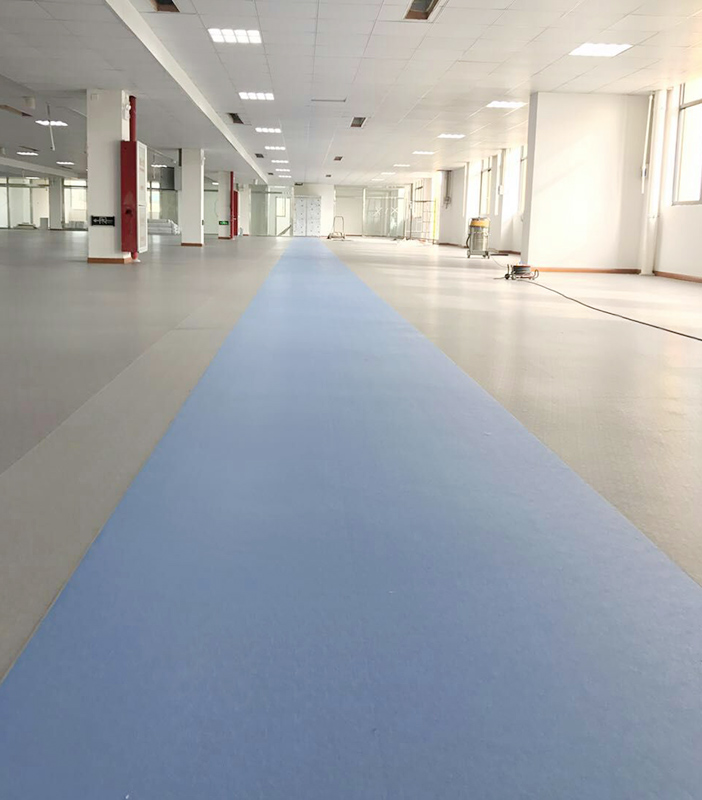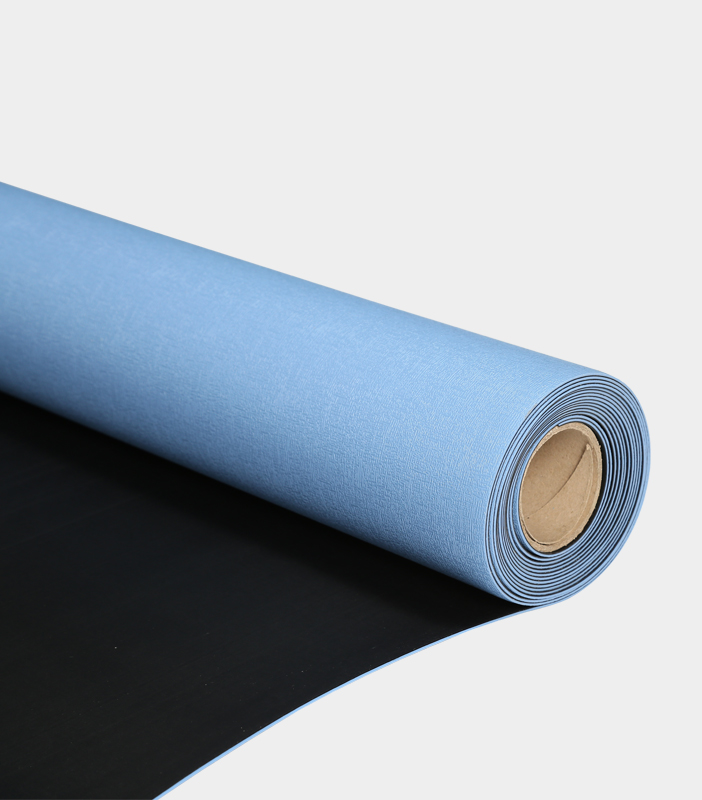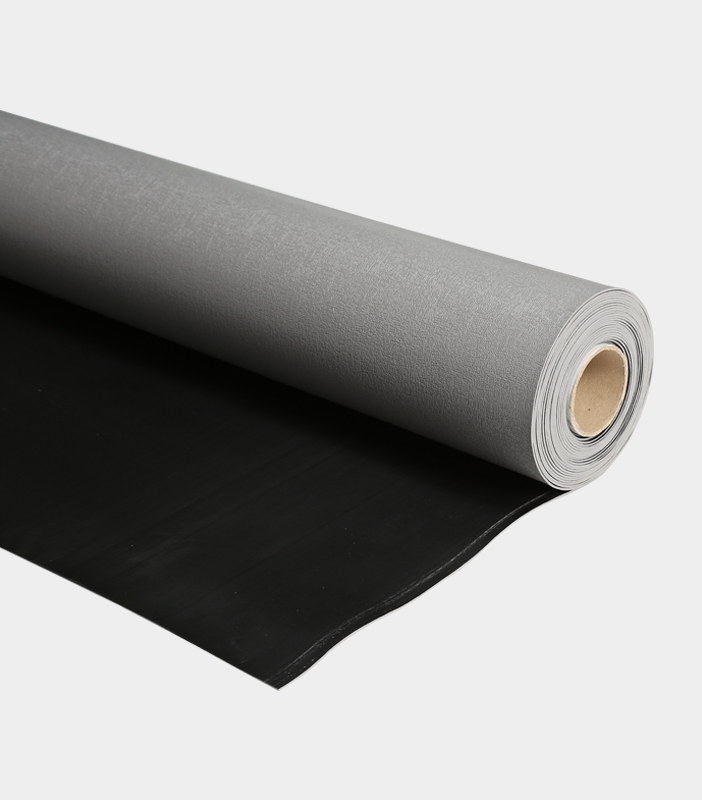ESD (Electrostatic Discharge) Cushion Mats are specialized mats designed to control and dissipate static electricity in environments where electronic components are handled. These mats play a crucial role in preventing damage to sensitive electronic equipment and components caused by electrostatic discharge.
The top layer of an ESD cushion mat is typically made of a durable and static-dissipative material, such as rubber, vinyl, or PVC. This top layer is designed to provide a non-slip and comfortable surface for workers to stand on or place sensitive electronic equipment. It should also have a high surface resistance to prevent the build-up of static charges.
Beneath the top layer, ESD cushion mats often include a conductive layer. This layer is essential for grounding and dissipating any static charges that accumulate on the surface of the mat. It is made from conductive materials that facilitate the flow of static electricity into grounding systems, such as ESD grounding cords or ESD grounding points within the facility.
ESD cushion mats are known for their comfort and ergonomic features. Many ESD cushion mats incorporate a layer of foam cushioning beneath the top layer. This foam layer provides cushioning and support, reducing fatigue for workers who may stand for extended periods while working with electronic components.
The bottom layer of the ESD cushion mat is typically made of an anti-skid material. This ensures that the mat remains securely in place, even on smooth surfaces, and prevents accidents or slipping while working.
The primary function of an ESD cushion mat is to control and dissipate electrostatic charges. When workers or equipment come into contact with the mat, any built-up static charges are safely and quickly discharged into the conductive layer of the mat. This prevents the discharge of static electricity onto sensitive electronic components, reducing the risk of damage.
ESD cushion mats play a crucial role in ensuring the safety and comfort of workers in environments where electrostatic discharge is a concern. The foam cushioning in the mat provides a comfortable and ergonomic surface for employees who need to stand or work for extended periods, reducing the risk of fatigue and discomfort.
ESD cushion mats act as a protective barrier between electronic equipment and static charges. By grounding any potential static build-up, these mats prevent electronic components, circuit boards, and other sensitive devices from getting damaged due to ESD events. This is particularly important in industries like electronics manufacturing, assembly, and repair.
ESD cushion mats are designed with easy grounding in mind. They often come with built-in grounding snaps or connectors that allow them to be connected to a ground point within the facility. This ensures a reliable and consistent path for static electricity to dissipate safely.
ESD cushion mats are commonly used in the setup of ESD-safe workstations. These mats can be customized in size to fit various workstations, and they are often complemented with ESD wrist straps, grounding cords, and other ESD-safe equipment to create a comprehensive ESD control environment.
ESD cushion mats are essential tools in industries where electrostatic discharge poses a risk to sensitive electronic equipment and components. Their structure and functions are designed to control static electricity, protect equipment, and provide a comfortable working surface for employees. Properly implementing ESD cushion mats can help maintain a static-free and safe environment for electronic assembly, testing, and repair processes.

 简体中文
简体中文 English
English España
España Deutsch
Deutsch